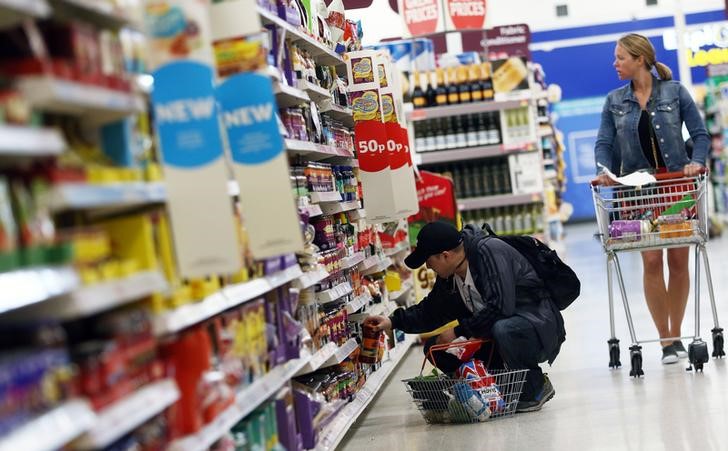By Geoffrey Smith
Investing.com -- U.S. consumer inflation again turned out stronger than expected in September, dashing hopes for a slowdown that might persuade the Federal Reserve to stop raising interest rates.
The consumer price index rose 0.4% from August, and was up 8.2% on the year, according to the Bureau of Labor Statistics. While the headline rate was down fractionally from 8.3% in August, it's still far above the Fed's 2% target.
Stripping out volatile food and energy components, core prices rose by 0.6% for a second straight month, indicating broad and sustained inflationary pressure across the economy. In annual terms, the core CPI accelerated to a new 40-year high of 6.6% from 6.3% a month earlier.
As such, analysts warned that the battle against the worst inflation in a generation is far from over - not least since gasoline prices, which depressed the September print, have since started to rise again against a backdrop of a looming crude output cut by OPEC and its allies.
"Hard to miss the footprint of excess aggregate demand growth in this CPI report," tweeted David Beckworth, senior fellow at the Mercatus Institute think tank.
U.S. financial markets reacted negatively to the news, pricing in yet more aggressive interest rate action from the Fed at its next meeting at the start of November. The yield on the benchmark 2-Year Treasury note, which is highly sensitive to expectations of Fed action, rose another 15 basis points to 4.44%, while the 10-Year note yield, a reflection of longer-term inflation, touched 4% briefly before declining to 3.99%, still an increase of 9 basis points on the day.
The dollar likewise gained over half a percent on the news as the prospect of higher interest rates made it more attractive on a relative basis.
Stock futures went in the other direction, with the Nasdaq 100 Futures contract losing 2.8%, while S&P 500 Futures fell 2.1% and Dow Jones Futures fell 1.7%.
The upside surprise was again due largely to housing costs. The 'shelter' component of the CPI rose 0.8% on the month and accounted for 40% of the rise in the core index.
The BLS calculates shelter costs according to the principle of 'owner equivalent rent' a concept which some economists dismiss as an inaccurate reflection of actual housing costs. Even so, Mike Konczal, macroeconomic director at the Roosevelt Institute, tweeted that the non-housing related service prices are rising at a rate that would put the overall CPI at 2.5% on their own. Airline prices alone were up 42.9% on the year in September.
